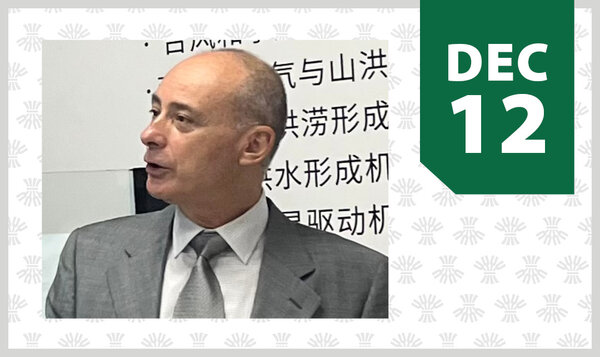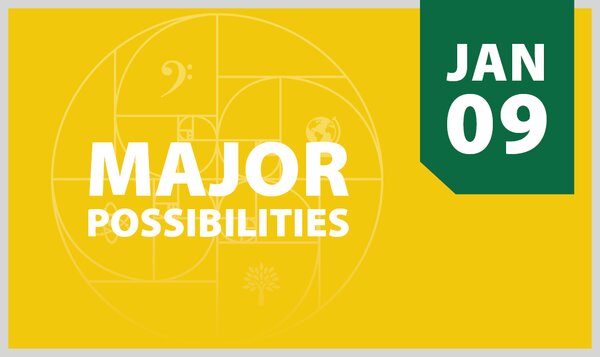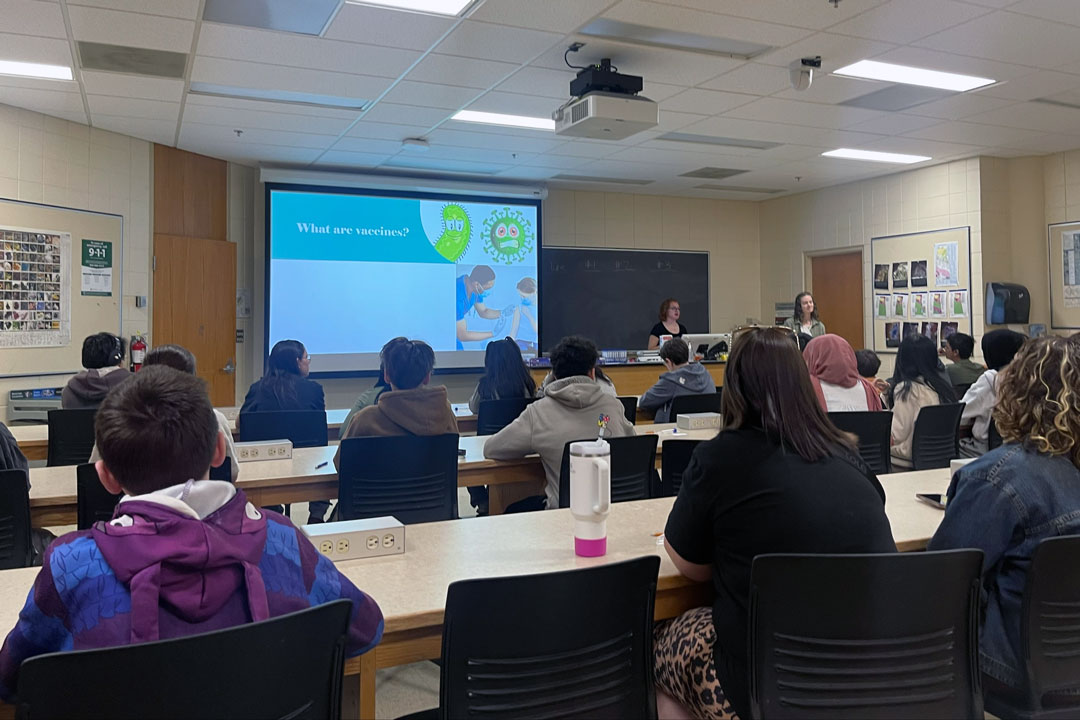
USask Science Outreach and VIDO bring vaccine knowledge to Sask schoolkids
Top vaccine scientists are helping with science education for Indigenous K to 12 students
By Chris Putnam
Kids in Northern Saskatchewan and Saskatoon community schools are learning about vaccines straight from the experts through a new University of Saskatchewan (USask) partnership.
USask’s Vaccine and Infectious Disease Organization (VIDO) has teamed up with science outreach programs in the College of Arts and Science to bring improved education about vaccines and transmissible diseases to K to 12 students.
This spring, VIDO scientists led interactive sessions for instructors in the USask Science Ambassador Program and Grade 6–8 students in the Kamskénow program.
“What I really like about the VIDO connection is that their staff are very engaging. They’re excited about the work they’re doing and it’s relevant to the human experience,” said Zoe (ZHE) Slusar, coordinator of the Science Ambassador Program.
640300jpg
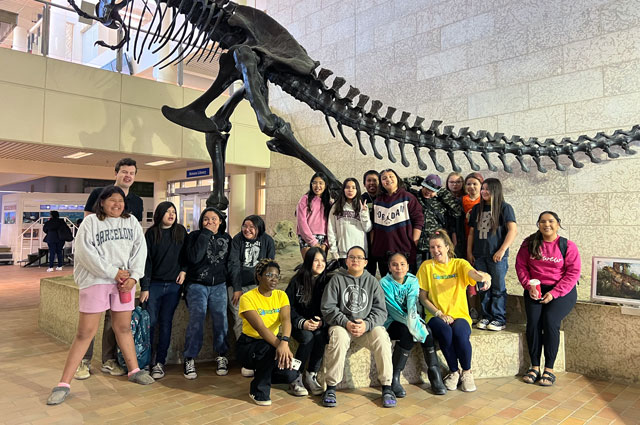
The Science Ambassador Program and Kamskénow deliver science education programming to Northern Saskatchewan and Saskatoon community school classrooms, respectively. VIDO is Canada’s Centre for Pandemic Research and one of the world’s leading vaccine and infectious disease research organizations.
“Our role is to do research in the labs. But of course, if you develop vaccines and people don’t use them because they don’t believe in vaccinations or understand why they’re important, then what you do doesn’t really matter. So we’re happy to do public outreach,” said Dr. Darryl Falzarano (PhD), a principal scientist at VIDO.
VIDO also donated $10,000 this year to support the Science Ambassador Program.
Falzarano and other VIDO researchers have presented in schools before through the Biotech Blast program, but the partnership with the College of Arts and Science programs—both of which focus on outreach in schools with high populations of Indigenous students—is new.
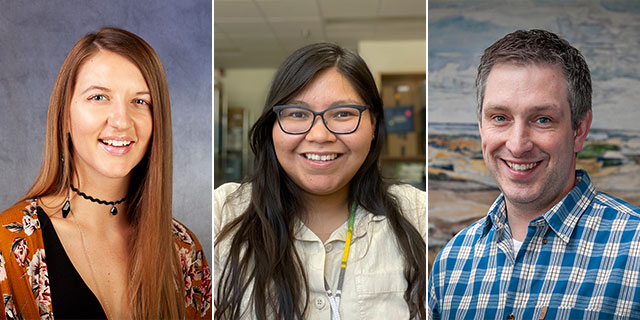
Graduate students and post-doctoral fellows from VIDO met the hundreds of Saskatoon students participating in this spring’s Kamskénow programming when the kids visited campus for a day in late April. The VIDO scientists explained their work and led a hands-on activity called a disease transmission simulation lab.
In the activity, which Falzarano has been refining since his days as a grad student, kids were given test tubes filled with a clear liquid. One test tube was secretly “infected,” and participants used transfer pipettes—like eyedroppers, only more scientific—to trade some of their tubes’ liquid with others.
At the end of the activity, VIDO scientists dropped another solution into each tube. Any tube that had contacted the infected liquid turned bright purple.
“The kids were like, ‘Oh my gosh, so many people!’” said Slusar.
VIDO then showed the kids how to trace the spreading infection back to its source, and reversed everyone’s colour change with a few drops of another fluid that represented a treatment.
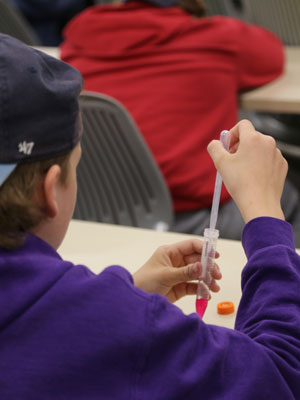
“It’s just a pH indicator—it’s a very simple thing, but it highlights a whole bunch of points,” Falzarano said. “That one person being infected can transmit to a lot of people in a short period of time, and that you can take that information and go backwards and find out who actually started an outbreak. It shows you that diagnostics are important and possible, and that treatment is also sometimes available.”
The session “really drove home the importance of vaccines and why it’s important this research is happening on campus,” said Cree Autumn Sunrise Longjohn, science outreach manager in the College of Arts and Science.
Along with sharing important knowledge about vaccines and disease, activities like this can help kids build a lifelong interest in science, Longjohn said.
“The Kamskénow elementary school students had a chance to feel like scientists because they were gloved up, using test tubes and pipettes and being immersed in the scientific world. It was like making that future a reality by putting them into the role of the scientist.”
Earlier in the spring, Falzarano and other VIDO researchers provided some training to the USask science ambassadors. The science ambassadors—all of them USask students—brought their new knowledge about vaccines and infectious disease to Northern Saskatchewan when they led science outreach sessions in schools there in May and June.
VIDO’s presentations made scientific research “really tangible and exciting,” said Slusar.
“And that’s kind of the goal of science outreach, is to get young people excited about being engaged in STEM, sticking with school and pursuing it so we can get their voices in that conversation.”
VIDO and the science outreach programs will continue looking for ways to build their partnership.
